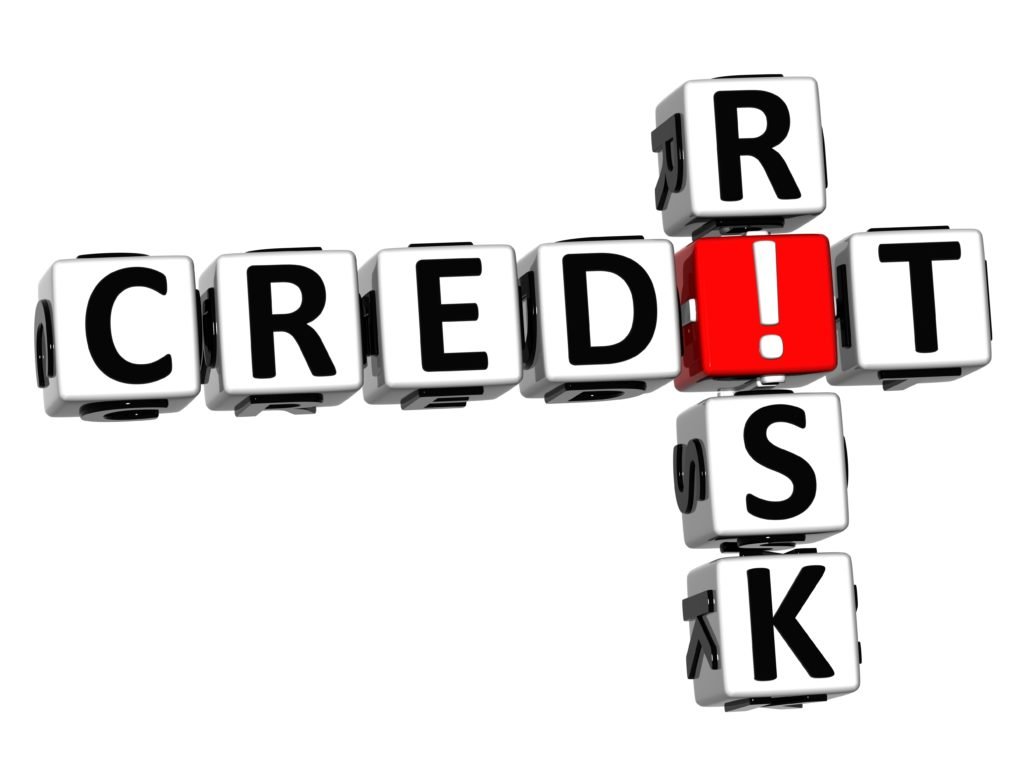The credit analysis process is all about evaluating the credit risk of borrowers to determine their eligibility for loans and other credit facilities. Before jumping into the details of the credit analysis process, let’s understand the meaning of credit risk to have a comprehensive understanding of how the credit analysis process works.
Understanding Credit Risk
Credit risk can be simply understood as the risk of default by a borrower on his loan repayments. It is the risk of loss that will result if the borrowing party fails to meet its contractual obligation. If the borrower is unable to repay the money during a specified period, he can be categorized as a credit risk. Traditionally credit risk amounts included the principal and interest amount due on the loan taken by the borrower.
Credit risks can lead to heavy losses and decreased cash flow for banks and financial institutions whose major source of income is the interest amount earned on loaned out funds. To reduce the proportion of high-risk borrowers most banks and financial institutions charge a higher interest rate on the amount lent to the borrowers. This deters the borrowers who have no intent to repay the loan or who might not have sufficient earning to repay the borrowed funds.
Credit Analysis Process
Lending money to high credit risk borrowers can result in lower revenue and cash flow for banks or other lending institutions. To mitigate the credit risk from borrowers who might not repay the loans, the banks have a credit analysis process in place to evaluate the financial standing of the borrower and check whether they meet the criteria specified by the banks or other lending institutions.
The credit analysis process is all about evaluating and assessing the loan request of the borrowing party to determine whether they have a good cash flow to service their loan payments promptly. It helps to determine the creditworthiness of the borrower based on their historical financial track record and also identify the level of credit risk associated with loaning the money to the borrowers.
Now to evaluate the creditworthiness, the lending parties have various credit analysis techniques that will help to find out the facts. Some of the most prominent credit analysis techniques include ratio analysis, risk analysis, cash flow analysis, trend analysis, financial projections, etc. This technique helps to effectively evaluate the amount of loss that will occur in case the borrowers default on their loan payments. Primarily the credit risk analysis process is distributed in three stages.
These stages include the following.
Information gathering
In this stage of analysis, the lender intends to collect as much historical financial data available on the borrower as possible. Different factors are evaluated to assess the credit history of the borrower; this includes repayment track of the borrower, financial solvency, cash flow, personal or organizational reputation, etc. In addition to this, other information such as purpose and feasibility of the loan is also collected to have a comprehensive understanding.
Data Analysis
This stage deals with assessing the relevancy and accuracy of information gathered in the initial stage. It is carried out to detect any anomalies of false presentation of information by the borrower. All relevant documents are also analyzed to detect any fraudulent practices. Important financial statements of the borrower such as balance sheet, profit and loss statement, cash flow statement, etc. are also analyzed to evaluate the ability of the borrower. The purpose and relevancy of the project being undertaken are also analyzed to compute the feasibility.
Approval or Rejection of the Loan
The last and final stage is all about decision making. A decision is taken by the lending party based on all the information collected and analyzed as to whether it will be profitable to loan out the money to the borrower. If the credit risk limit is acceptable by the lending party standards, the loan is granted to the borrower or else it is simply rejected.
Also Read: What is Credit Risk Analysis & Why It is Important











